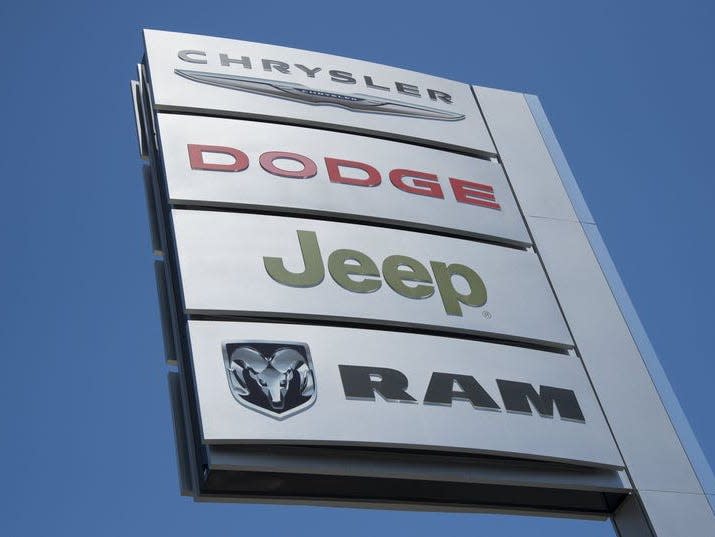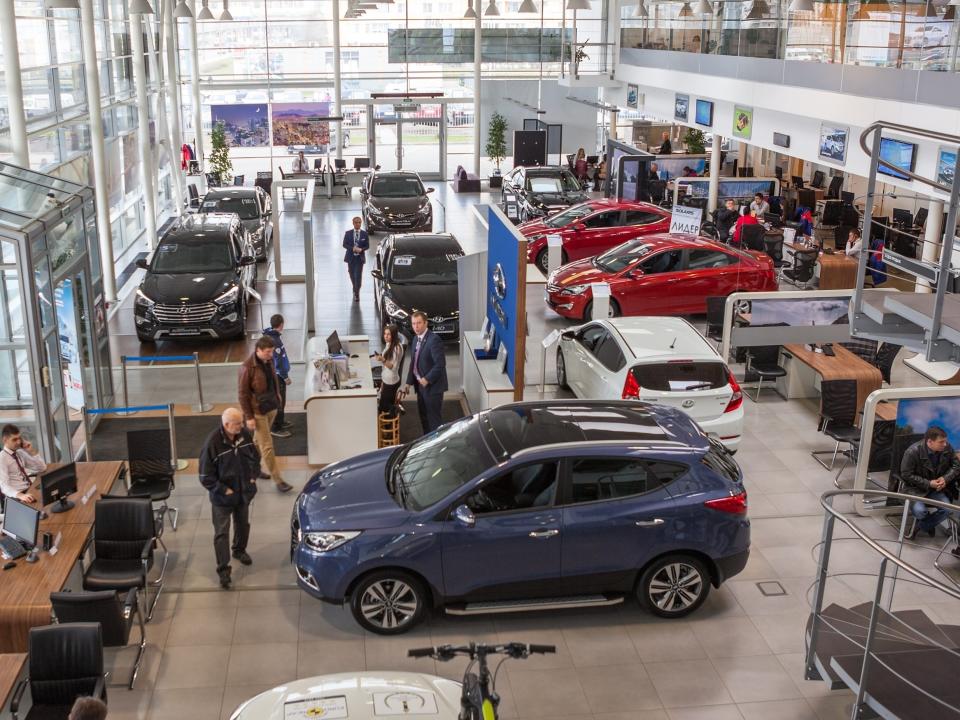Ford and GM have more cars on lots than Toyota or Lexus as inventory remains scarce

The auto industry has been struggling with inventory for years.
Now, some automakers are starting to have more vehicles on their dealership lots.
Car-buyers may want to seek out Ford and GM over Kia and Subaru.
Car-buyers fatigued by the auto industry's ongoing lack of supply might want to go for a Ford or GM.
After years of pandemic-induced limited choices and high prices, auto inventory levels are steadily recovering (even if things aren't about to go back to "normal").
In January, dealers were sitting on 37 days' supply, with about 21 days for cars and 41 days for trucks, according to a Deutsche Bank note. That's up four days from December and two weeks year-over-year.
That's good news for car-shoppers, and especially true if customers opt for certain brands.
The domestic automakers had higher days' supply than others, with Ford at 60 days, GM at 52 days, and Stellantis (the merger of Fiat Chrysler and the French PSA Group) at 68 days, per Deutsche Bank. That's compared to a 23-day supply at Toyota and a 28-day supply at Lexus, Automotive News reported.
Why some brands are more available than others
There are several reasons car-buyers might be able to find vehicles of certain brands more than others.
The domestic automakers are doubling-down on getting their inventory levels up, to an extent.
"We're committed to actively managing production levels to balance supply with demand and are targeting to end 2023 with 50 to 60 days of total dealer inventory on a portfolio basis," GM CFO Paul Jacobson said in a recent earnings call.
Edmunds' executive director of insights Jessica Caldwell told Insider those three companies all over-index in brands with full size trucks.
That means they tend to require more inventory due to all of the orderable configurations for those vehicles, which generally leads to an increase in days' supply — meaning, it's a function of the type of vehicles they sell.
GMC and Jeep, along with Mazda, are well-positioned, but Honda, Kia and Subaru are "showing more limited availability," S&P Global Mobility's Matt Trommer said in a note.
The Detroit automakers also better managed their supply chains, according to S&P Global Mobility, while Japanese brands are still struggling. Some, like Hyundai and Kia, simply don't have enough capacity to meet growing demand. And others may be more susceptible to recent COVID shutdowns in China impacting supply.

Beware high interest rates and loan payments
Just because there are available vehicles, that doesn't mean demand for cars is waning. But today's sky-high interest rates have some customers thinking twice about making a purchase right now.
Some automakers' loan payments are much higher than others, pricing buyers out of the market. They might have growing inventory, but the Detroit-based brands saw the largest increases in loan payments from March 2020 to December 2022, including Dodge, with an average 44.5% increase, GMC at 44%, Jeep at 42%, Cadillac at 39%, and Ford at 36%.
Customers are seeking the best deals now more than ever given the macroeconomic environment. Meanwhile, automakers are also less focused on market share and more so on profitability.
Even with these factors to consider, expect inventories all around to steadily grow, and pricing pressure to come down.
Read the original article on Business Insider

 Yahoo Finance
Yahoo Finance 